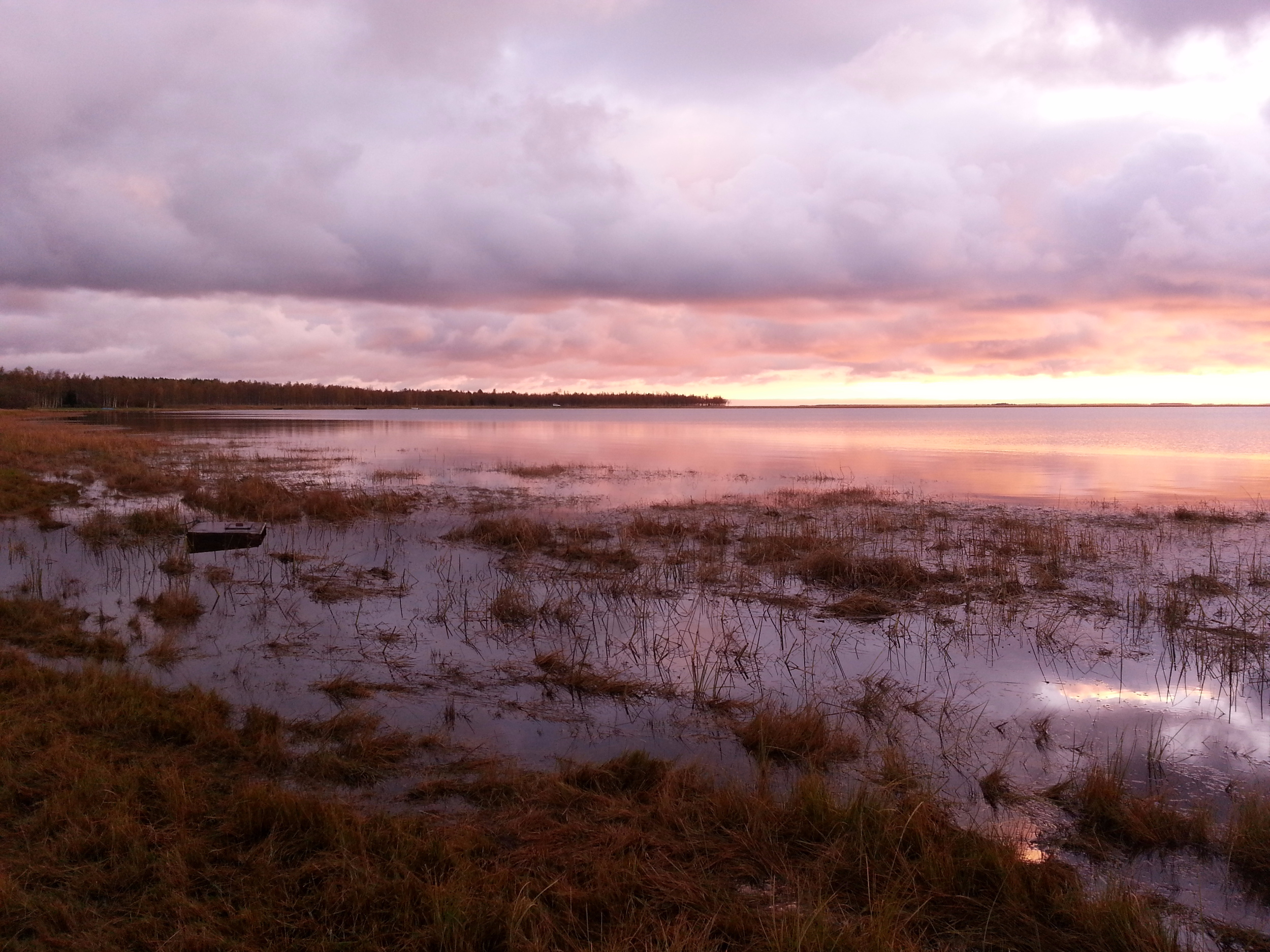I was recently on The Economist's science podcast Babbage discussing what the gaze of gambler can tell you about the value of his or her hand. You can listen to the podcast here.
Collision avoidance system
Have you ever wondered why a herd of gazelle fleeing from a lion do not end up tripping over one another when a lion races in? There have been a lot of theories on this but none have been put to the test. Now a team has done the gruelling legwork and found these herds are using the planet's magnetic field to coordinate their escape.
The researchers behind the new work went about the painstaking process of measuring the alignment of hundreds of free ranging roe deer and the compass direction of their escape trajectories after they frightened them. They found that the deer were definitely not randomly aligned along Earth's north-south axis when grazing. More importantly, the deer were much more likely to flee north or south even when the best hiding spots were east or west. You can read more in The Economist article that I wrote on this subject here.
Podcast: Passive crowdsourcing
I was on The Economist's science podcast Babbage last month discussing the rise of tactic whereby scientists make use of your holiday photos to study ecology. You can listen to the podcast here.
Stark enterprise
The idea of a device that can take a little energy and transform it into a lot might sound like the stuff of comic book fiction but it is plausible. The way forward involves figuring out how to harness fusion, a process whereby energy is released when two particles are forced to fuse. The challenge with fusion is that forcing particles together requires a lot of energy all on its own and getting more energy out than that which is put in has proved tricky. The International Thermonuclear Experimental Reactor (ITER), being built in France, theoretically should accomplish this feat by producing ten times the amount of energy fed to it. However, after lots of delays and expanding costs that are expected to top 24 billion dollars, there is no question that finding a simpler and smaller option for future designs would be good and this is precisely what a team of nuclear physicists and engineers at MIT are claiming they have developed.
The benefits of earthquakes
Having grown up in California and survived my fair share of really big earthquakes, it isn't easy to view the disasters in a positive light. After all, the 1994 Northridge quake did a mighty good job of smashing most of the stuff in our house to smithereens while simultaneously flinging the water heater across the garden. Even so, new research is revealing that these terrible events play a vital part in storing away carbon floating about in the atmosphere.
The new work shows that the thousands of landslides that big earthquakes set in motion lead large numbers of trees to fall down into river basins. The tress often get carried away by water in these basins and dumped in lakes and deltas where sediment quickly buries them. This process prevents the carbon in the trees' tissues from being released into the air as carbon dioxide when the trees die and effectively locks it away for millions of years. You can read more in The Economist article that I wrote on this subject here.
Podcast: Sunburn sensor
I was just on The Economist's science podcast Babbage discussing a cute new tactic being developed that can warn us when we are about to get baked by the sun. You can listen to the podcast here.
Sunburn sensor
Surgery with microscopic robots
Perfecting pinot noir.
An astounding pinot noir needs to be made from grapes that are plucked from the vine at precisely the right moment. Timing is everything and, unfortunately, timing the harvest right is also very difficult. Traditionally, wineries have depended upon sugar and acid analysis of grapes to determine whether they are ready but these processes actually say very little about whether the proper delicate mix of aromatic compounds have made their way into the grape yet. This has led a lot of wineries to get things wrong over the years but biochemists Michael Qian and graduate student Fang Yuan at Oregon State University are suggesting that they have a better way forward. Read my full article covering these findings in The Economist here.
Trees that fight with fire
Ecological hack
Nope. This is not a cybernetic chipmunk (although wouldn't that be cool). It is a chipmunk with a computerised backpack that is effectively tracking its every move on a tiny processor powered by a wafer thin battery. Now, that may not sound like technology worth investing in to you and me but to ecologists who have to spend thousands of hours in the wilderness tracking small animals, it is a godsend. Moreover, this little gadget was built by one of the most interdisciplinary research teams that I have seen in a long time. Read my full article covering this research in The Economist here.
Treading on thin ice?
Podcast: Detecting explosives
I was just on The Economist's science podcast Babbage discussing the technologies that we are developing to better detect the sorts of explosives that were used in the tragic attacks in Belgium last week. You can listen to the podcast here.





